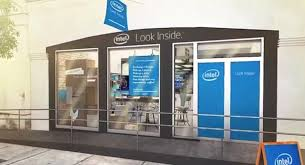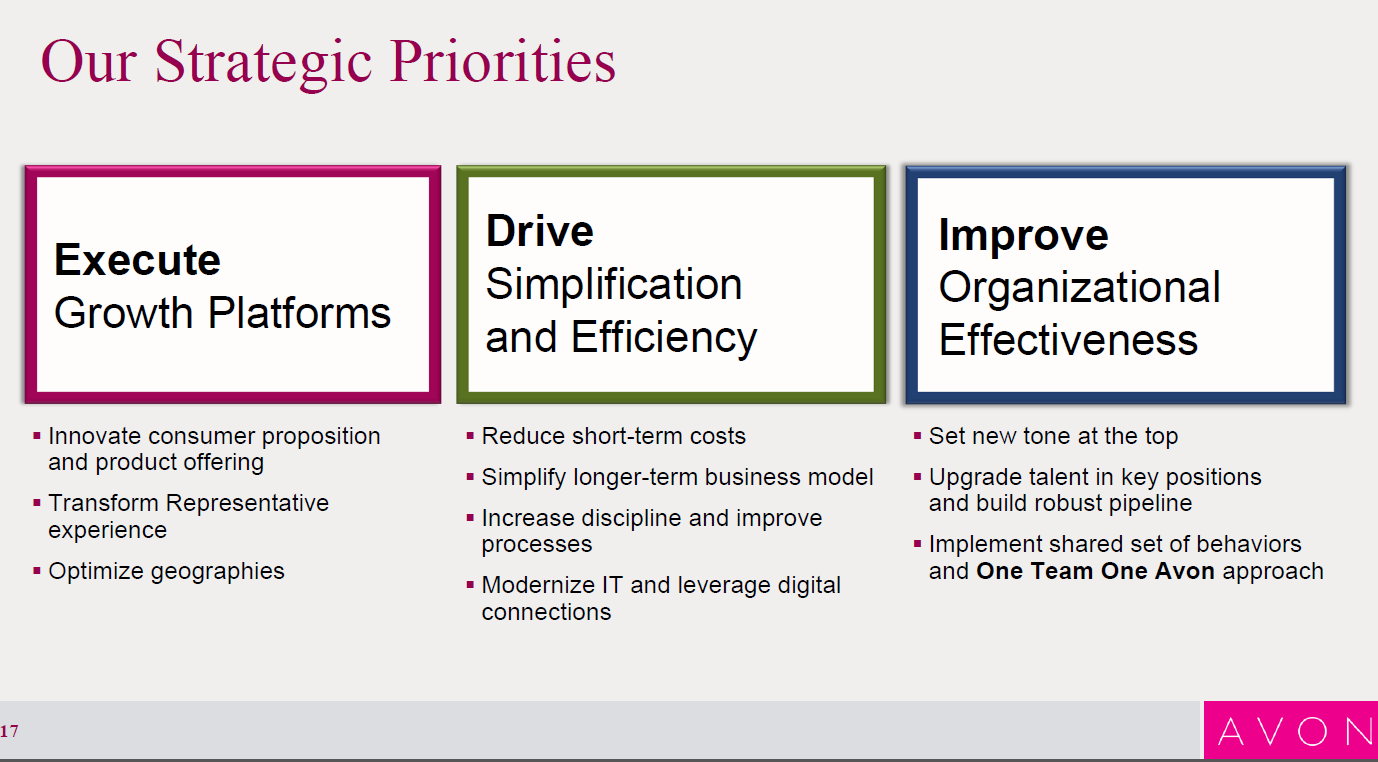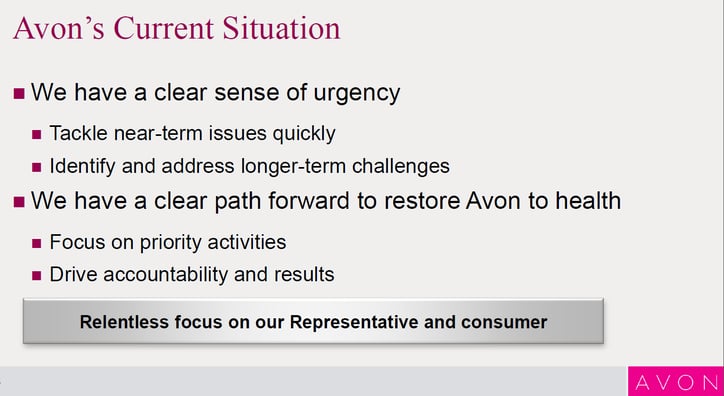
This is the second blog related to a dynamic new business leadership book called Beauty Queen by Deborrah Himsel, a former Vice President of Avon. The book chronicles the rise and fall of Andrea Jung as the Chairman and CEO of that company, and our first blog discussed some of the general leadership learning and insights.
One of the great things about the book is the open and honest assessment of this story from a pure business acumen and business strategy perspective. As a designer and developer of award-winning business acumen learning solutions, it is very exciting to be able to take Debbie Himsel’s great work and advance the learning process even further.
The third and final blog will continue to analyze the book, this time from a business leadership perspective.
Strategic History and Value Proposition of Avon
The Avon website offers a wonderful and historic overview of the evolution of what made Avon an iconic business model: the use of women as Direct Sales Representatives. In many of our business acumen learning sessions, we teach participants about the three different value propositions that a company can offer to its selected customers, including Product Leadership, Customer Intimacy, and Operational Excellence. The most successful organizations choose one of the three value propositions and flawlessly execute it through great and aligned leadership. From the very beginning in 1886, Avon deployed a direct sales force of women to execute a Customer Intimacy strategy. The Avon representative went door-to-door presenting a value dashboard of convenience, access, and advice at a value price to other women just like them. They also presented to opportunity to join Avon and earn some extra earnings. By 1920, revenues topped $1 million…$1 billion by 1972…and $10 billion in 2008 on a global basis.
Clearly the model of customer intimacy – the direct sales force supported by competitive and innovative products – was a winning formula for many years. But like most industries and markets, things change over time that potentially impact the execution of strategy. In my interpretation of the story from Debbie’s book, there were three significant changes that occurred which caused Andrea Jung to think about and eventually change the strategy and value proposition to the Avon customer:
- The Internet
- The Evolution of the Retail Experience
- Globalization
As the book shares, mistakes were made in the execution of the strategy in each of these areas, which eventually led to the removal of Andrea Jung, first as CEO and then as Chairman of the Board.
Strategic Lessons: Disruptors and Change
It took me a few days to digest and simplify the strategic lessons, but I think the Avon story provides everyone in business with some insights.
The Internet
In the Avon customer intimacy of the direct salesforce, sales were driven by the time intensive, but customer-centric relationship between the customer and the Avon representative. As in most businesses, the internet changed everything. It seems that Avon didn’t react quickly enough because they were afraid of channel conflict. It was a real struggle; there were many who felt that leveraging the internet – and giving the customers the ability to research products and then order online – would destroy the value proposition and eventually the company.
To me, Avon’s mistake here was assuming that technology innovation and strategy had to be mutually exclusive. Why not enhance the customer-centric process by leveraging the internet and setting up systems to support the direct sales force instead of competing with it? For example, what if a new customer in zip code 654321 goes online and makes an order? Give the representative of that territory some sort of credit and now you have a warm lead for a follow up visit! The pharmaceutical industry has understood this concept for years and has created a very successful and profitable business model.
The Evolution of the Retail Experience
I read with interest how tortured Andrea Jung seemed in regard to developing a retail strategy to grow revenues and profit. And why not? In the 1960’s, 70’s, 80’s, 90’s, 00’s, and today, the retail experience has evolved tremendously. Beautiful malls, food courts, meeting places, etc. changed everything and Jung felt very strongly that Avon needed a retail strategy. Many insiders disagreed, but she tried it anyway both domestically and globally, and it failed miserably. The question is did it fail strategically or tactically?

In my opinion, it failed both strategically and tactically because there was a lack of understanding of what the customer wanted (as opposed to executing a strategy because it would “upset” the sales force). Again, I ask the question, “Why not both?” Why not leverage all that is good about retail to build and support your customer-centric retail sales force? There are some interesting current example of organizations that have created “pop-up” stores for the purpose of enhancing brand awareness and generating more revenues. Intel for example has crafted this process to generate awareness of their new technologies.
Globalization
This was another major challenge for Avon and Jung on so many levels including opening markets, product portfolio management, and manufacturing. This area is so rich, I could potentially write several blogs just about it, but my thought is to take the critical lessons for business acumen learning.
To me, the most intriguing of all of the major challenges and failures here is the issue of local manufacturing, marketing, product portfolio, and leadership. Andrea Jung struggled with this, and as Debbie points out, it fell right into her most significant career derailer: the need to try to please everyone.
To boil it down to a learnable point, Avon had developed a strategy (and culture) of local empowerment. The belief was that local leadership knew the market better than headquarters, could lead and negotiate manufacturing and local formulations, and overall be more nimble. The pressure of Wall Street and the need for growth pushed Andrea to look for ways to become more centralized and efficient in operations. Why have multiple sizes of bottles of perfumes? Why have different brand looks and feels in different countries? Why have the risks of inconsistency in manufacturing? Wall Street was looking at great success stories like Apple who mastered product leadership on a global basis: one brand, one iPhone, mass manufacturing with high quality and low cost in Asia…why couldn’t Avon do the same?
What they found out was that it wasn’t their strategy! Their strategy was customer intimacy and trying to move to more global operational excellence caused change and disruption that the company wasn’t prepared for.
The learning lesson here is that strategic change is brutal and can’t be done on a whim or because it’s what everyone else does. I was astounded by the lack of preparation for strategic change.
Future Strategy
Because I loved Debbie’s book so much and found so many applicable business acumen learning lessons to share in our blogs, I decided to analyze and gather any information from Avon about their strategic plans moving forward for additional learning. The most recent investor presentation is interesting and quite astounding.
The thing that caught me right away was its bold new vision:

Clearly the new management team is basing their future on acknowledging and fixing their past mistakes.
New CEO Sheri McCoy summarizes the current situation at Avon as:
- Underperforming for years
- Eroded financial health
- Disappointed stakeholders
The decision has been made that the best way forward to go back to the roots of success and move forward with new energy and ideas on how to execute.
The leadership team uses solid strategic assessment tools to tell the story; between 2011 and 2016, Avon expects the global beauty products market to grow by 6%.
Developing markets are expected to grow by 12%,
The strategic goals to be achieved by 2016 are:
- Revenue growth, mid-single digit
- Operating margin, low double-digit
- Cost savings, $400 million
The strategic priorities tell the story of how they are going to achieve the goals:

In summary from a strategic perspective, it’s clear that the lessons have been learned and absorbed. It will be interesting to continue to watch and learn over the next few years. My only concern is that the strategy feels a little more operational excellence than customer intimate.

The last line of this slide tells it all…why not “Relentless focus on our consumer and Representative?” Just a thought…




